One of Asia’s most daunting capitals, Manila is known for dividing travellers into two camps: those who can’t wait to get in, and those who can’t wait to get out.
Is there anything for today’s traveler in this maddening metropolis? Is it worth braving the urban chaos at all, when the Philippines has dreamy beaches and deserted islands to spare? My answers are ‘yes’ and ‘you decide’. As a rule, Manila appeals most to those who enjoy big, crazy Asian cities. To its credit, creativity and individual expression hold a special place in Manila. This spark is the best of Manila, and it lights up every visit to this otherwise grey space.
First impressions of Manila are usually grim. Metro Manila is really 17 densely populated cities and municipalities cobbled together. Many of its 23 million residents come from other provinces and islands, trading homes in the countryside for the hope of better jobs. Between these, a steady middle class, and a handful of rich families, the capital is study in stratified society. No matter how you slice it, Manila is bound to show you both its faces — the glamour and the grime — often side-by-side.
My best tip for travelers is to pick a location that reduces Manila’s twin concerns of traffic and safety. The Makati business district and tourism belt in Pasay are popular choices. Try to stay near the attractions you want to see. More colourful and less-explored neighbourhoods, such as Quezon City, San Juan and Binondo, also have lots to offer culture-seekers. If you’re not staying in these areas, check them out with a local or on one of the city’s many excellent tours.
No matter how you slice it, Manila is bound to show you both its faces — the glamour and the grime — often side-by-side.
Depending on how you arrange your time, a stay in Manila can be light and leisurely or active and adventurous. There are some amazing tours you can do while you’re here. My top three are Carlos Celdran’s Walk This Way, Ivan Man Dy’s Big Binondo Food Wok, and a tour of Corregidor Island with Sun Cruises. All of these will open your eyes to the untold history of the Philippine capital.
Beyond the poverty, smoggy streets and tired buildings, Manila has an insistent energy that shows up in many ways. In small pockets here and there you’ll find inspired restaurants, Filipino boutiques and fascinating bookstores. There are concerts, plays, art exhibits and poetry readings on any given week. And of course, you can’t say you’ve seen the best of Manila until you’ve heard its music. A vital, unfettered music scene runs the scale from indie bands to chorale groups.
Also, the people you meet here are unfailingly friendly. It’s easy to strike up conversations wherever you go. Most locals will be happy to point you to their favorite spots or even take you there themselves. There is a burgeoning culinary scene in Manila that may surprise foodies. Visit the Salcedo or Legaspi community markets, or Maginhawa St. to see what I mean. Historic hotels like The Manila Hotel; atmospheric haunts like Intramuros; and time-honored art galleries like the Vargas Museum all make my Manila visits worthwhile.
MORE: Top 10 Activities in Intramuros
Your time in Manila may be full of contradictions. Its roads will leave you hot and dusty, its sun will beat you down, its sad stories will pour out with unstoppable force; and then evening will fall, and you’ll find yourself rinsed and refreshed, a cold drink in hand, enjoying the island breeze and deciding that, for all its faults, there is no place like Manila.
Photo Credit: All photos in this story by Fred Wissink.
♥♥♥

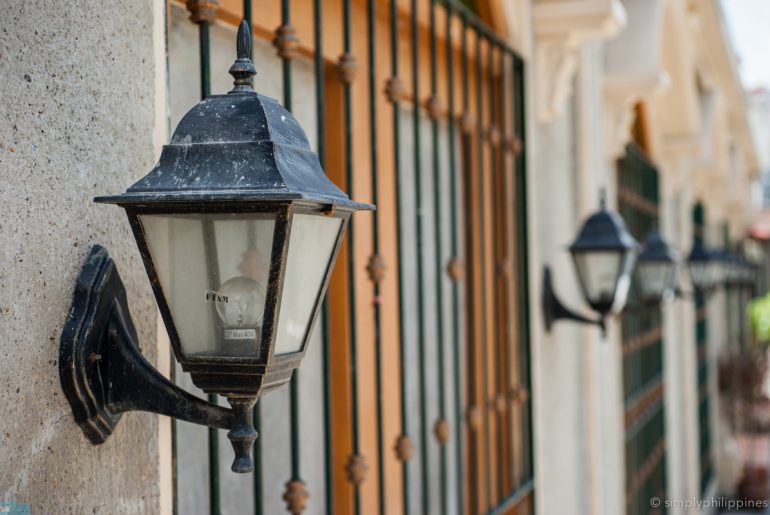
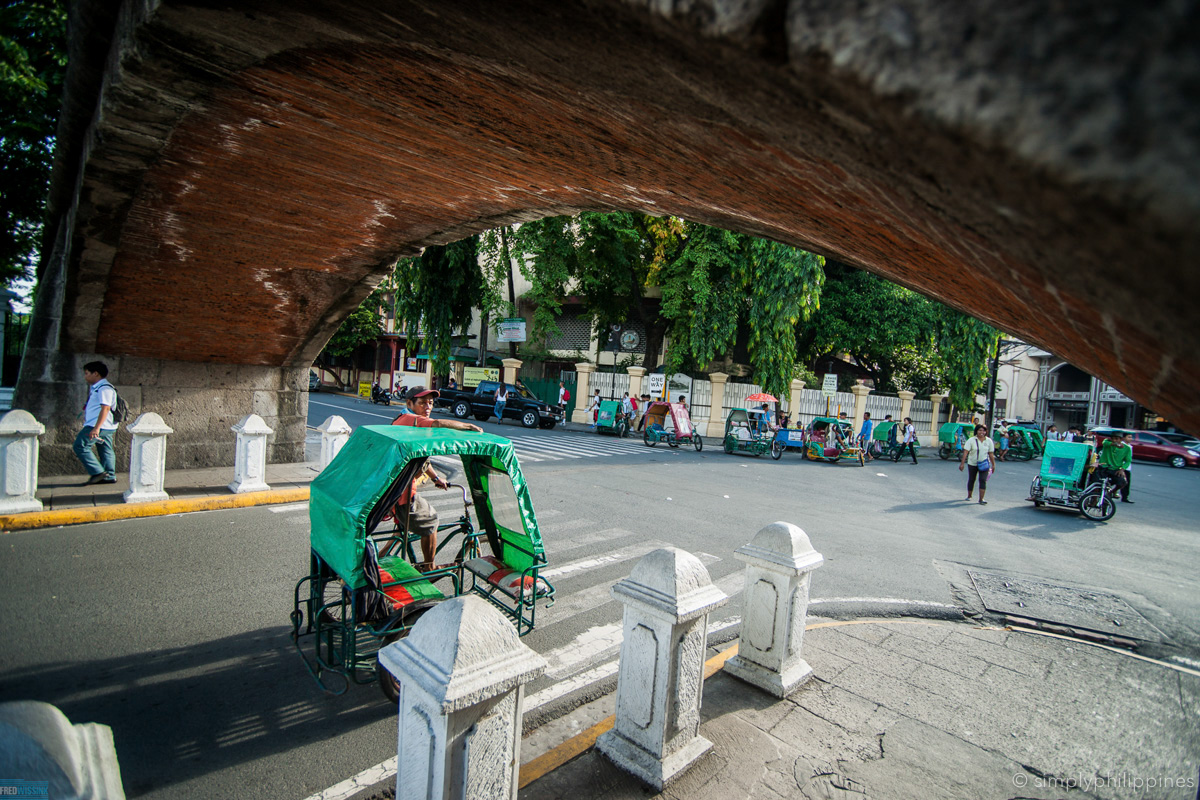
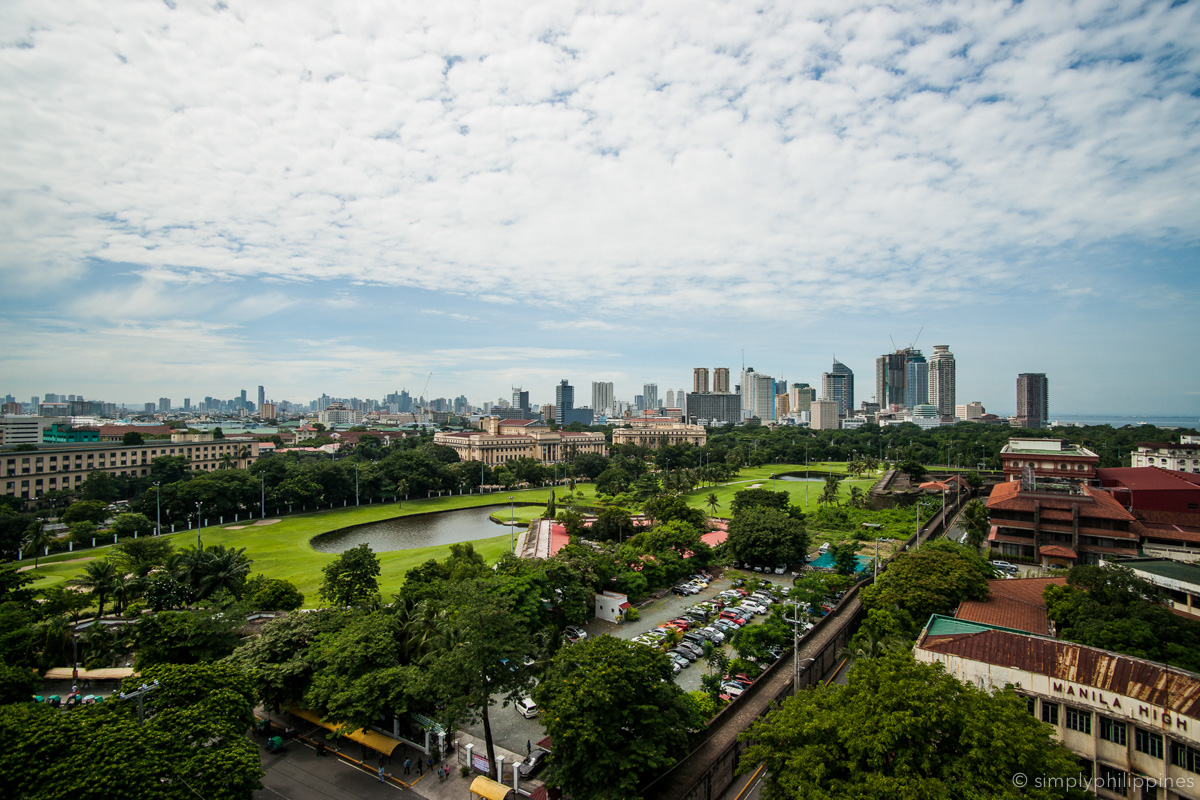



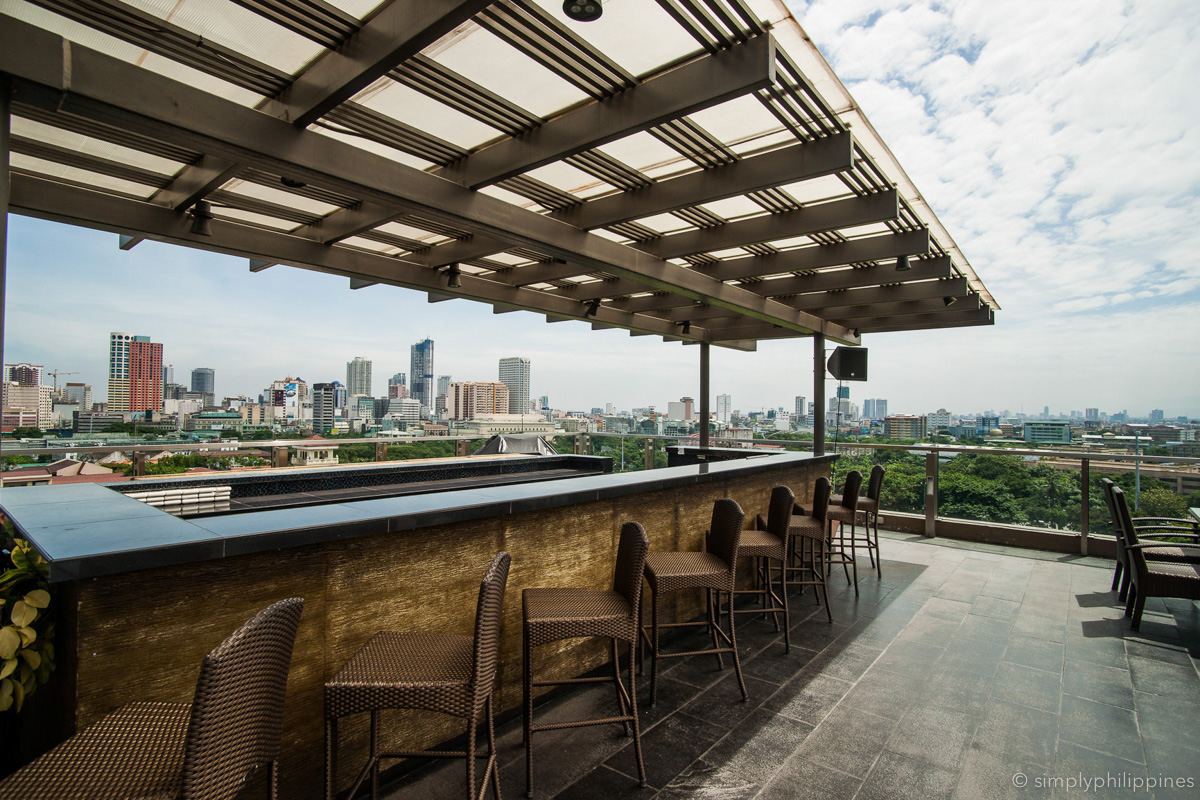
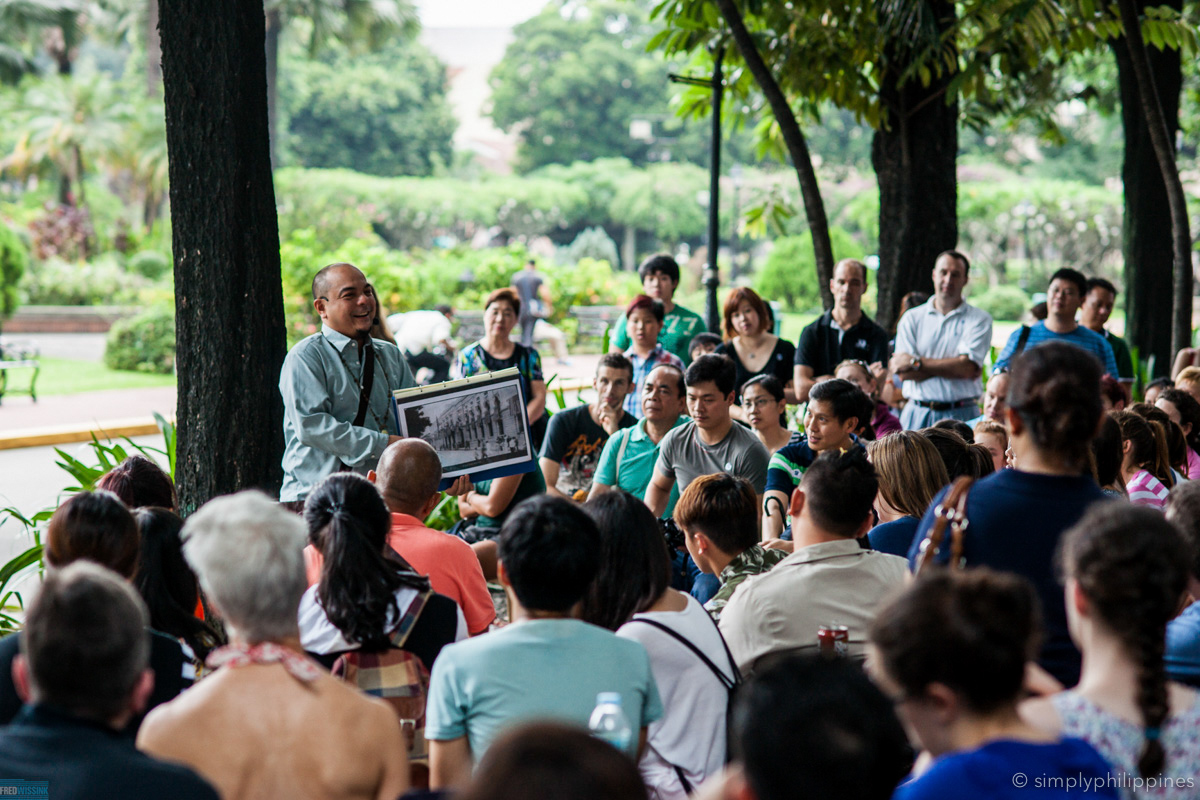
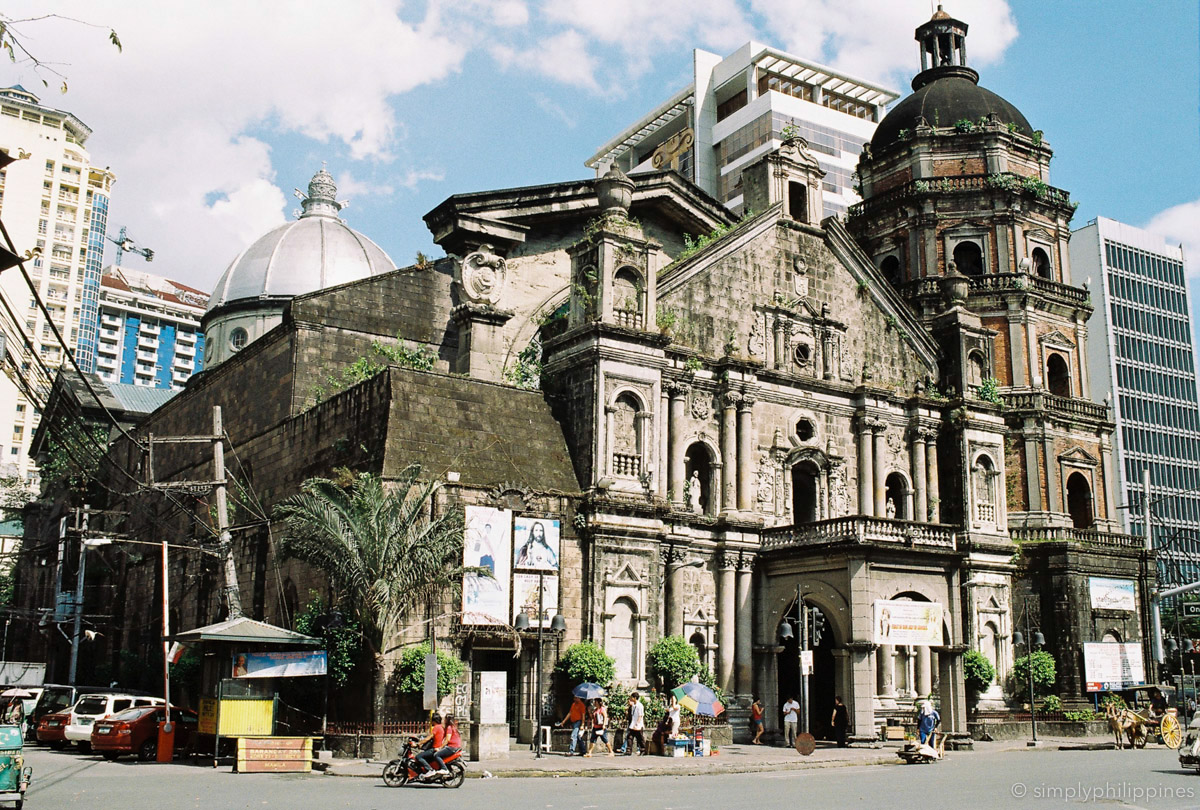
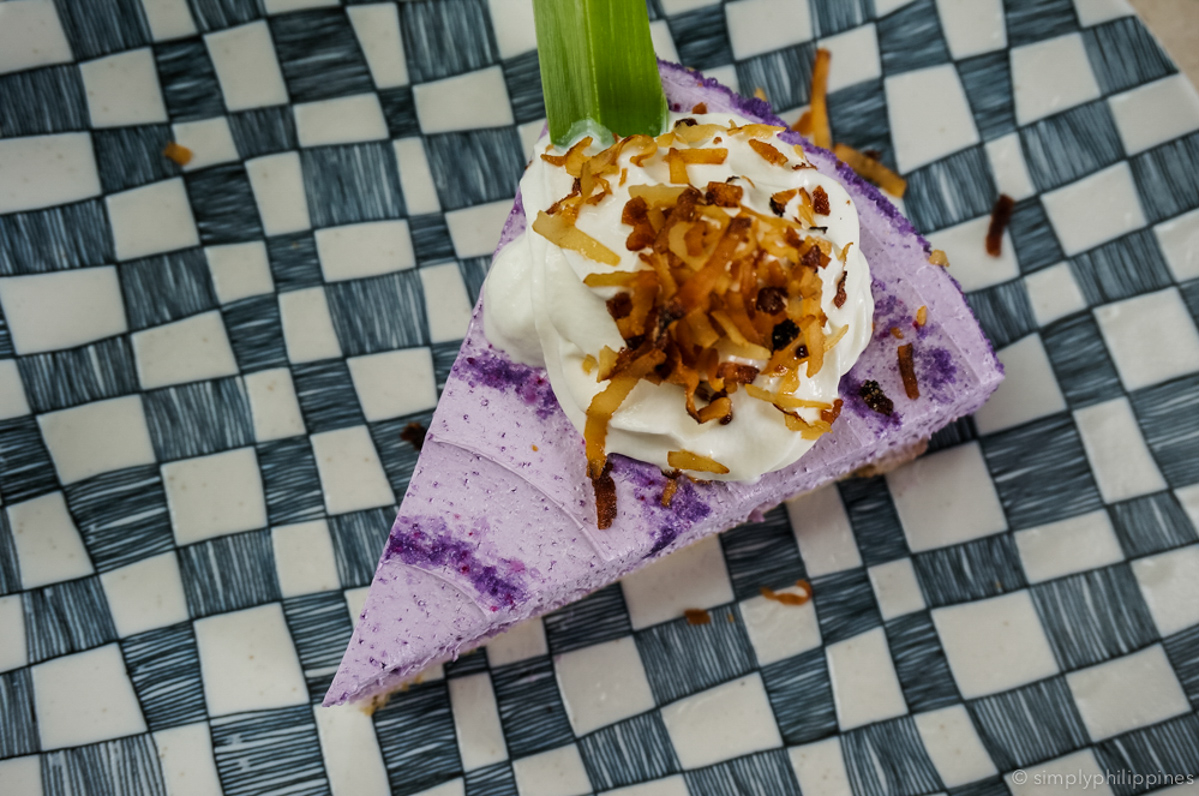

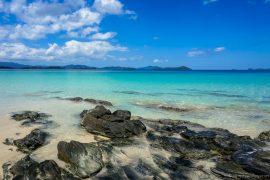

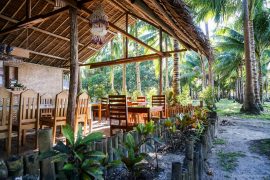
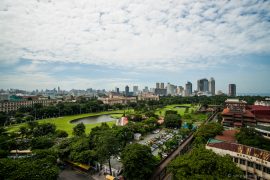
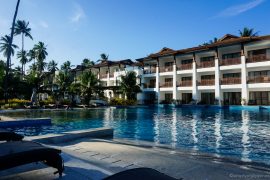


Comments are closed.